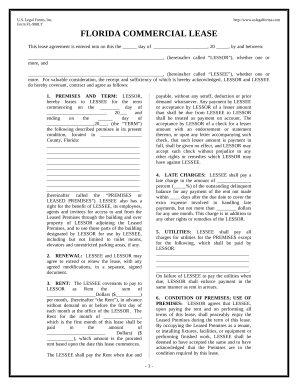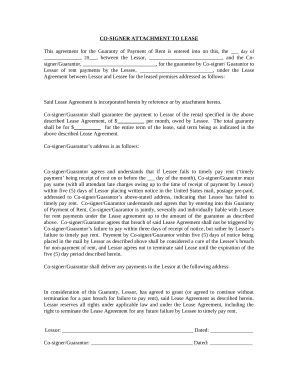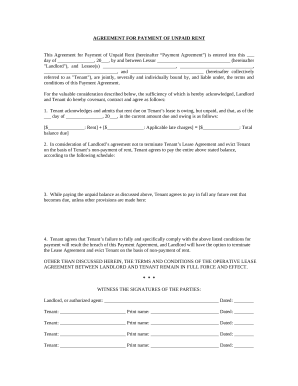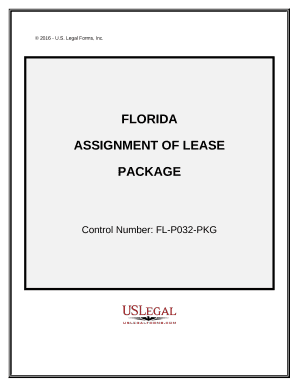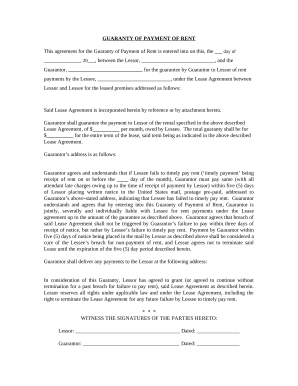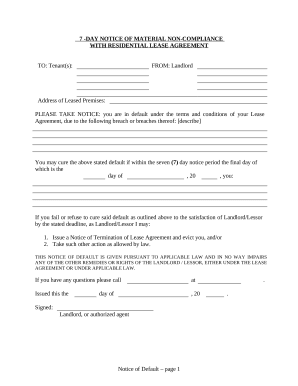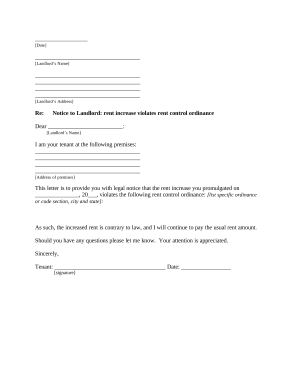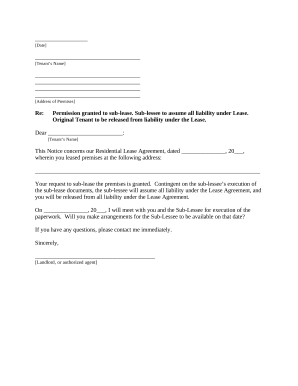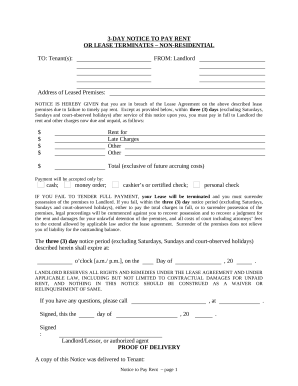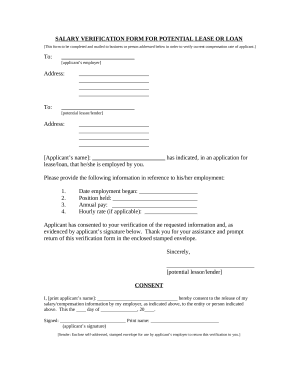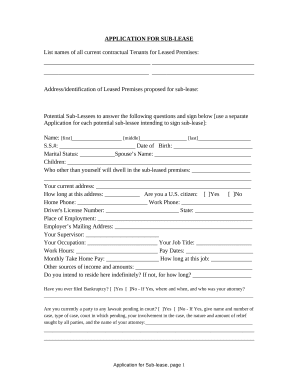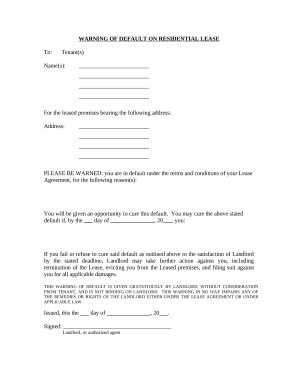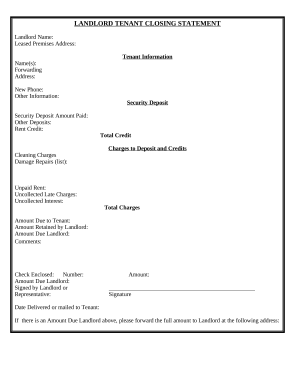Supercharge your productivity with Florida Landlord Tenant Forms
Form managing takes up to half of your business hours. With DocHub, it is easy to reclaim your time and boost your team's efficiency. Get Florida Landlord Tenant Forms collection and investigate all templates relevant to your everyday workflows.
Effortlessly use Florida Landlord Tenant Forms:
- Open Florida Landlord Tenant Forms and utilize Preview to find the suitable form.
- Click on Get Form to begin working on it.
- Wait for your form to open in the online editor and start modifying it.
- Add new fillable fields, icons, and pictures, modify pages, etc.
- Fill your file or set it for other contributors.
- Download or deliver the form by link, email attachment, or invite.
Speed up your everyday file managing using our Florida Landlord Tenant Forms. Get your free DocHub account today to discover all forms.

